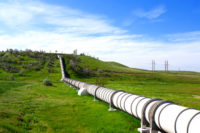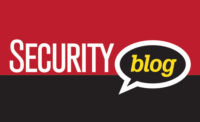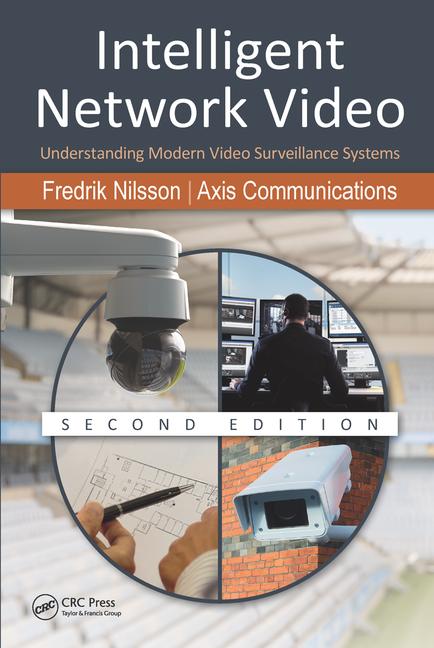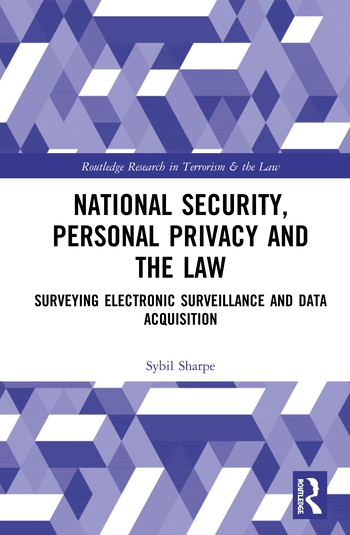How to Get Accurate Thermal Analytics at Mainstream Prices

Achieving effective security over perimeters and outdoor areas often comes down to detection accuracy and solution cost. While there are a number of options available for perimeter security, thermal video analytic cameras have become a strong contender for best-of-breed in this arena. Recent developments in thermal camera processing take automated perimeter security to a whole new level with clearer thermal images and unparalleled video analytic accuracy, which are now at costs that bring these capabilities to mainstream prices. The result is a market tipping point for thermal perimeter analytic solutions in relation to other approaches.
Video processing performance is the key to driving down cost and availing new capabilities to a broader market. Cameras with enhanced processing can more intelligently identify and present the small differences in temperatures detected by thermal sensors. Objects that previously blended into the background are made visible to the eye and more accurately reported by the analytics, while details are clearer at greater ranges. A further benefit of increased processing is the ability to provide improved thermal images that look more natural to the eye, and which are less fatiguing to security operators.
These capabilities expand the utility of thermal cameras from their traditional role as night vision solutions to 24-hour automated security in all environmental conditions. Greater image processing offsets previous challenges of thermal cameras, including low-contrast situations such as fog, rain and humidity, “white-out” problems caused by thermal loading, and lack of clarity when viewing distant objects. The same image processing power that allows new generation thermal cameras to more accurately detect and produce better images has an additional benefit, which is that it allows you to detect human intruders at greater distances and with even better accuracy.
These new capabilities are now more cost-effective as well, making it possible to introduce thermal video analytics to a whole new range of mainstream perimeter security applications.
The economic picture becomes clearer if you examine “per-foot” costs of covering an area. While many manufacturers do not present their pricing in this way, the costs can be calculated and the results are illuminating.
To compare the cost-per-foot of competing video analytics, consider that camera range should be measured by the distance a person is detected when walking directly towards the camera. This is the toughest test, because a person walking towards the camera generates the least amount of motion. Under these tests, new-generation thermal analytic cameras operate at twice the distance with the same lens field of view, with the extraordinary benefit of covering four times the area to create a larger buffer zone for early detection of intruders.
As a result, thermal analytic capability is now available at an MSRP of $13/foot to $29/foot, bringing the most accurate perimeter security technology to pricing on par in cost/per foot with traditional approaches to perimeter security, such as fence sensors, buried cable, or visible cameras.
Greater detection range and area coverage yields a direct economic benefit: Fewer thermal analytic cameras are needed to protect the same location, lowering overall costs substantially. The pricing gets even more attractive when you consider the significantly greater operating ranges that image processing avails, resulting in a proportional decrease in the amount of supporting infrastructure and installation expense.
In short, new thermal analytic cameras provide clearer images and greater detection distance with much higher accuracy. And most important, price is no longer an obstacle to extending accurate outdoor perimeter protection to mainstream applications.
Looking for a reprint of this article?
From high-res PDFs to custom plaques, order your copy today!








